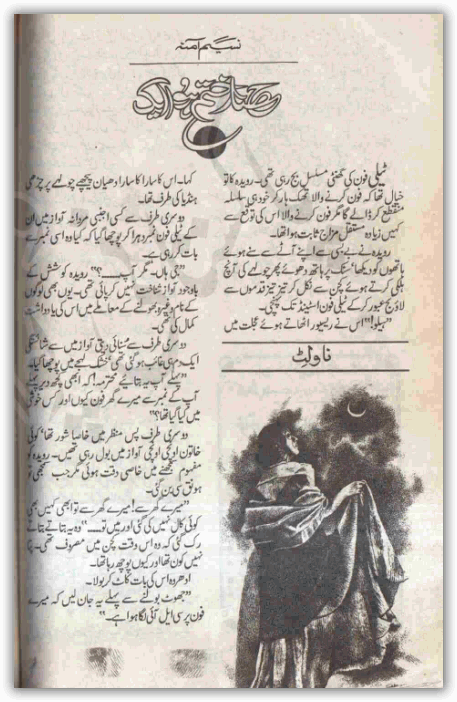FEDERAL PUBLIC SERVICE COMMISSION
COMPETITIVE EXAMINATION FOR
RECRUITMENT TO POSTS IN BPS-17 UNDER
THE FEDERAL GOVERNMENT, 2009
CSS Past Paper of BOTANY, PAPER-II 2009
PART – I (MCQ) (COMPULSORY)
Select the best option/answer and fill in the appropriate box on the Answer Sheet. (20)Enzyme Fumarase convert fumaric acid into:
(a) Citric acid
(b) Isocitric acid
(c) lactic acid
(d) Glutamic acid
(e) None of these
Plants growing under saline conditions are:
(a) Holophytes
(b) Mesophytes
(c) Hygrophytes
(d) Halophytes
(e) None of these
The first product of CO2 fixation in C3 plants is:
Phosphoglyceric acid
(b) Glycolic acid
(c) Citric acid
(d) Glutamic acid
(e) None of these
Mutations are most likely to be caused by:
1AA
(b) CO2
(c) Dextrose
(d) Glycine
(e) None of these
Most of the water absorption in plants takes place through:
(a) Root caps
(b) Root hairs
(c) Stomata
(d) All of these
(e) None of these
Oxygen produced during photosynthesis comes from:
(a) CO2
(b) Carboxylic acid
(c) Glucose
(d) Protein
(e) None of these
Chloroplasts in bundle sheath cells of C4 plants do not contain:
(a) Grana
(b) Stroma
(c) Thylakoids
(d) All of these
(e) None of these
A group of major biotic communities occupying a climatic region of earth is called:
Biome
(b) Biosphere
(c) Biotype
(d) Phenotype
(e) None of these
In which group of plants stomata open during night:
(a) C3 plants
(b) C4 plants
(c) Halophytes
(d) CAM plants
(e) None of these
The occurrence of vegetation in layers is known as:
Scarification
(b) Stratification
(c) Physiognomy
(d) Pattern (e) None of these
A plasmid is a:
(a) DNA
(b) RAN
(c) Protein
(d) Microsome
(e) None of these
The total Genetic material within a cell is:
Gene bank (b) Genetic load (c) Genome
(d) Genetic Marker (e) None of these
Ribsomal RNA helps in:
Replication (b) Transcription (c) Translation
(d) Translocation (e) None of these
Which one of the following ions plays most important role in stomatal movement?
(a) K+
(b) Ca++
(c) Cl–
(d) Na+
(e) None of these




.jpg)


